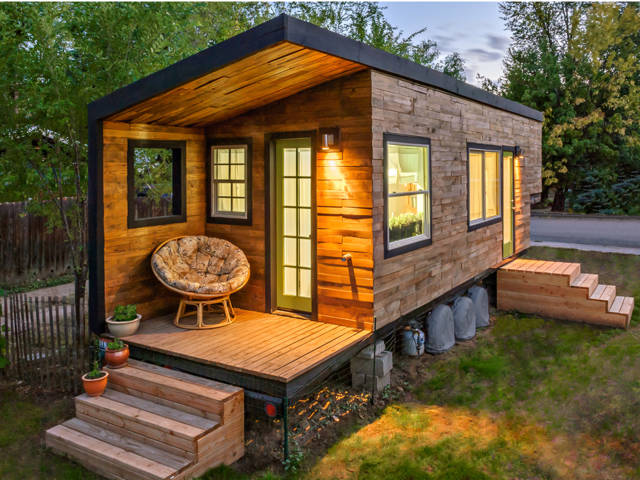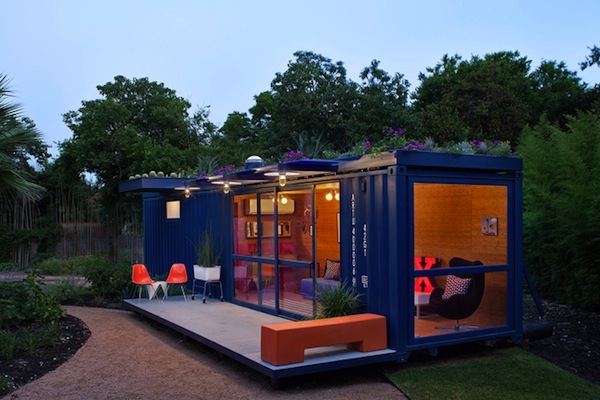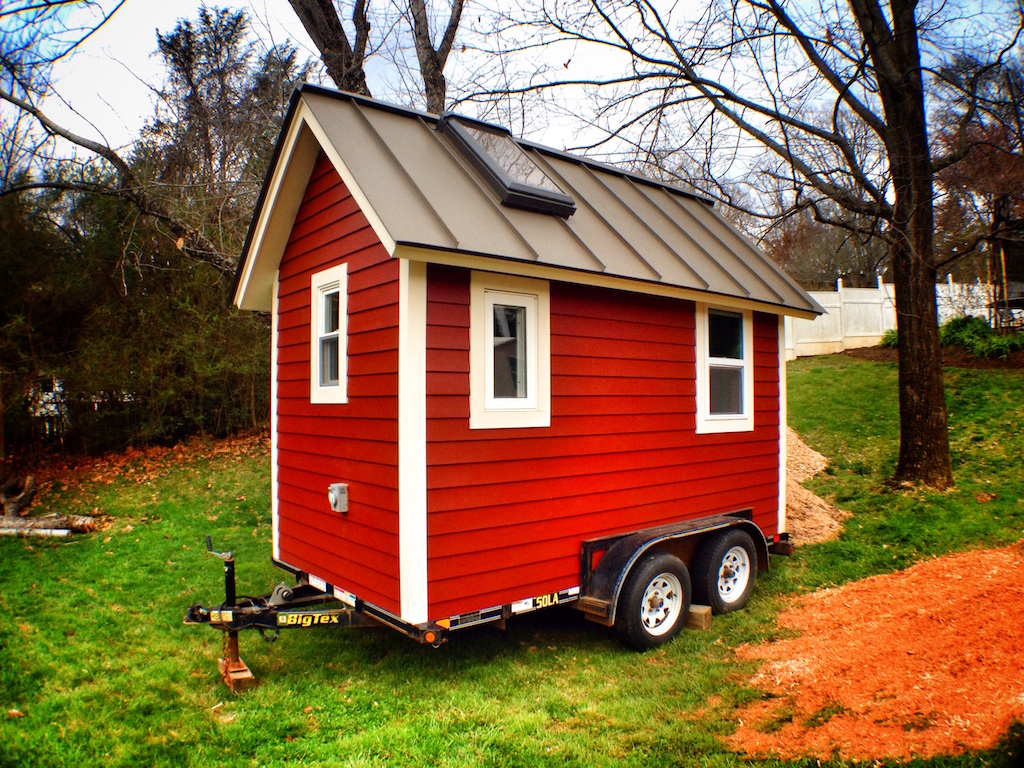Exactly. I grew up in a place where power outages due to thunderstorms, floods, and tornadoes were rather commonplace anytime there was a hurricane off the coast of Florida. I consider V2H to be the equivalent of saying you should siphon gas from your car to power a generator for the house. Personally, I'd rather keep my
'fuel' in the tank of the car, and drive a couple States West during an emergency instead.
I do like the idea of having a tiny house though. My Brother recently purchased a 40' container he intends to convert to housing on a little parcel of land he owns. I expect it will be really nice when he's done.
I especially like this example:







